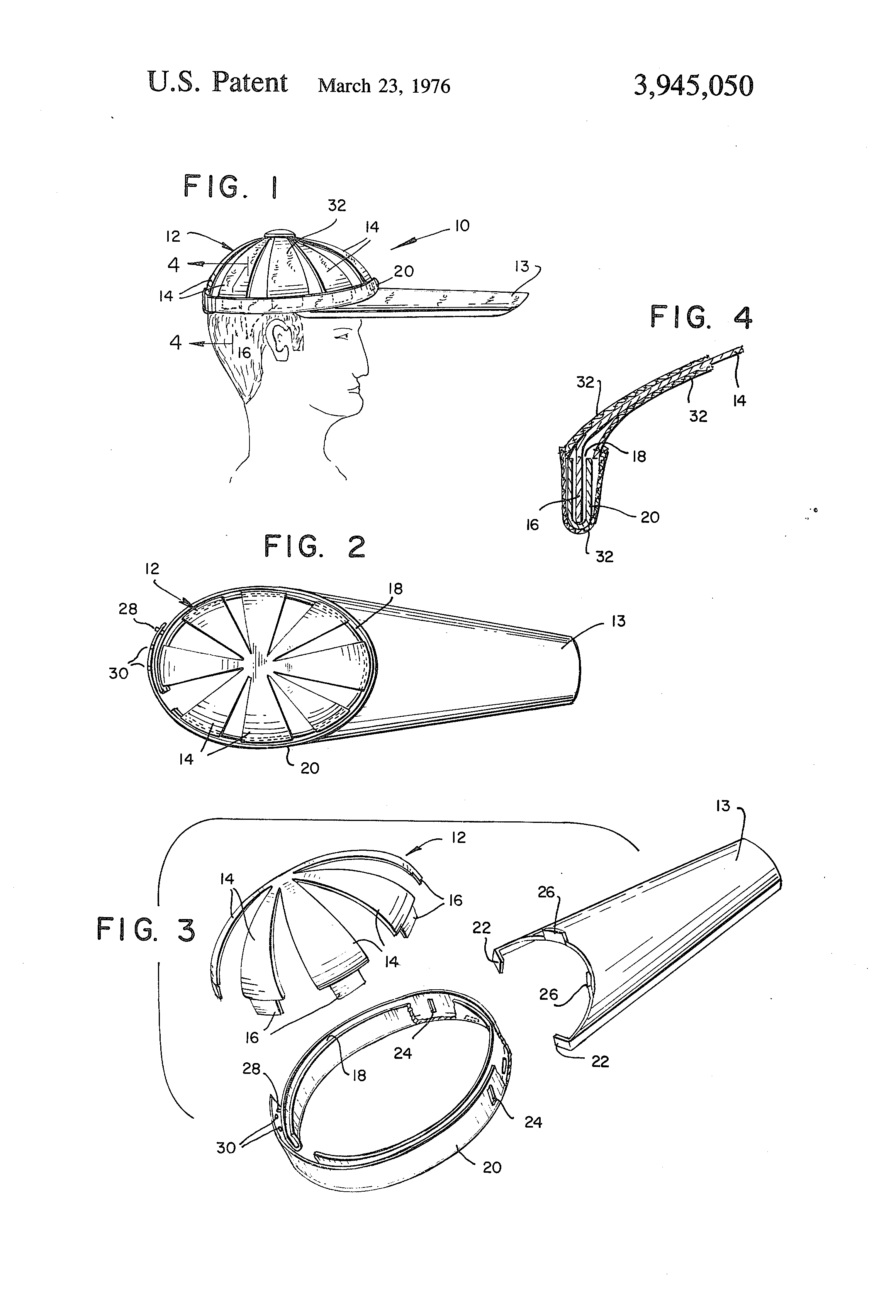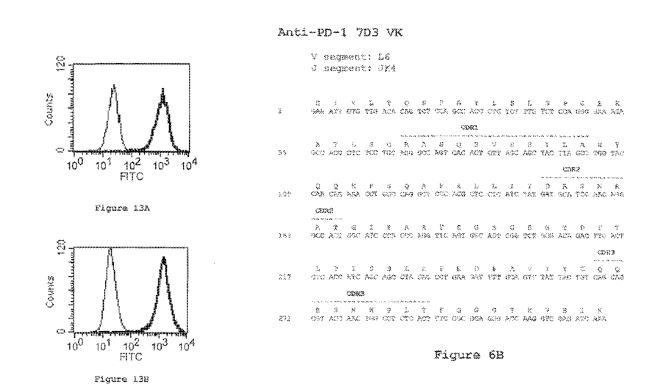TODAY’S PATENT – REVERSIBLE NECKTIE
The REVERSIBLE NECKTIE was invented by John A. Hughes (Chicago, IL) on the 1st of June, 1976, bearing patent number US3959825A.
The present invention relates to a reversible four-in-hand necktie having a pair of opposite symmetric sides which can be reversed if one side becomes soiled. The sides of the necktie are symmetric in which the first side of the pair has one pattern and color and the second side has a different one to that of the first side. This reversible necktie can wear in the same fashion as that of a conventional fashion. A reversible necktie, therefore, comprises of a first side having both first inside as well as outside face, and the outside face having a pair of relatively widened point ends and the said widened end is connected by relatively narrow neckband along with which the first side having a first inwardly-curving hem, said first inwardly-curving hem being tapered near said relatively widened pointed ends and the same is there in the second side of the tie too. The additional advantage made is that either side can be worn facing outward from the wearer. This tie relatively small amounts of hemming material were used in this reversible four-in-hand necktie and thereby resulting in the production as well as the purchase more economical.




 +1 888 890 6411
+1 888 890 6411